Tatiana Trouvé’s “The Great Atlas of Disorientation” at Palazzo Grassi: A Journey Through Dreams, Rage, and Memory
Venice’s Palazzo Grassi has transformed into a labyrinth of introspection with Tatiana Trouvé’s major solo exhibition, *The Great Atlas of Disorientation*. The French-Italian artist’s sculptures and drawings sprawl across 30 rooms, weaving themes of navigation, constellations, and personal reckoning into immersive installations. From bronze-cast urban debris to dreamlike drawings, Trouvé’s work bridges the political and the poetic, inviting viewers to traverse her inner world.
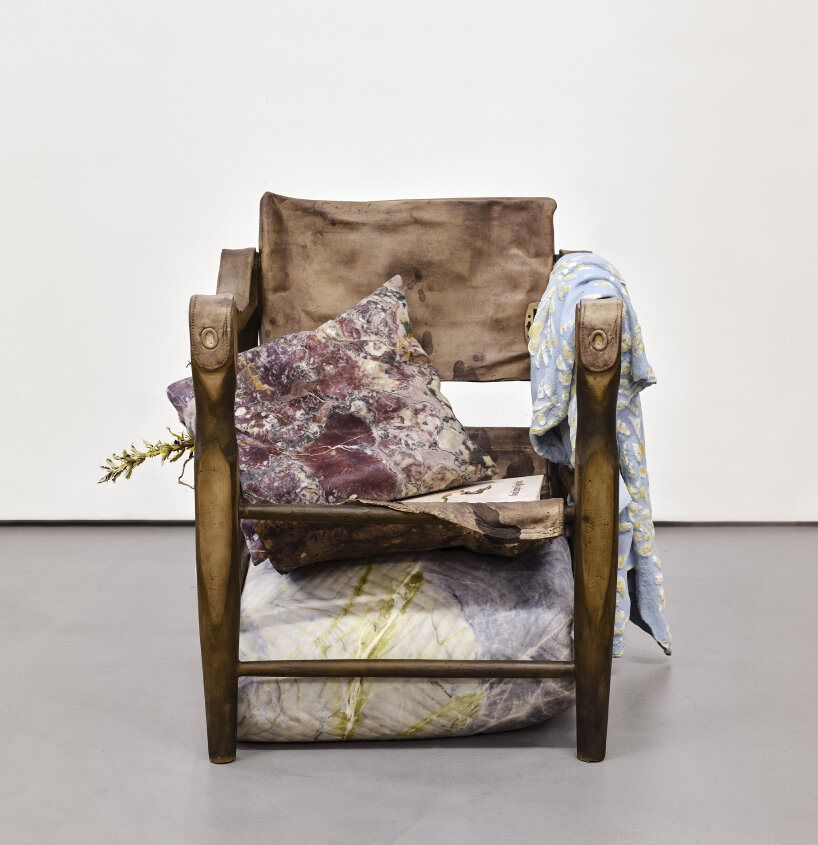
Wayfinding Through Art: Constellations and Urban Echoes:-
The exhibition unfolds like a celestial map. At the entrance, the palazzo’s marble floors give way to asphalt-like surfaces dotted with bronze, silver, and gold manhole covers**—echoing Venice’s hidden infrastructure. Above, *Hors-sol (2025)* mimics a **constellation chart, positioning viewers as stargazers looking down from the heavens.
On the first floor, *Navigation Gate (2024)* reimagines Marshall Islands stick charts, used by sailors to navigate the Pacific. Twisted bronze roots and branches form gateways, suggesting both passage and obstruction. Nearby, *L’appuntamento (2025)* traps visitors in a maze of domestic relics**—warped bed frames, glass panels smeared with paste, and a teasing glimpse of an exit through a tiny door. Like Trouvé’s own disorientation, the piece balances **claustrophobia and curiosity.
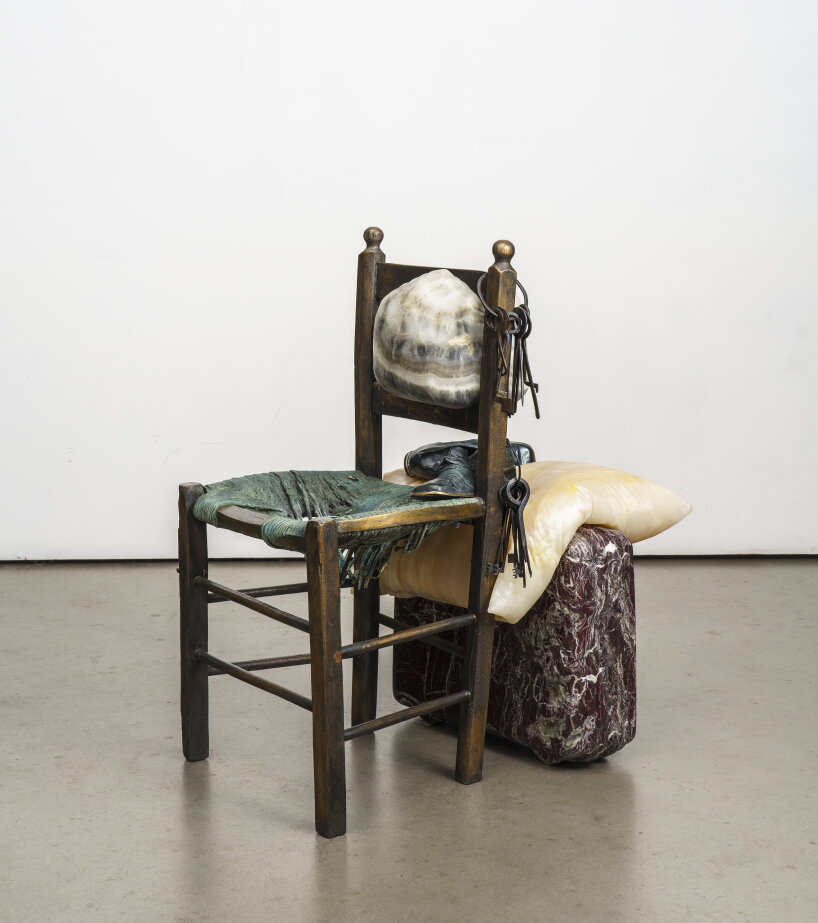
Sculpting Protest and Solitude:-
Trouvé’s work is deeply autobiographical. After the 2023 police killing of Nahel Merzouk near her Paris studio, she collected remnants of the uprising: charred trash bins, melted plastic, and shattered glass. These fragments reappear in *Sitting Sculpture (2024)*—a bench suspended under scorched objects—and a monolithic wall embedded with gritty textures. The installations preserve collective rage, transforming protest into permanence.
Equally haunting is *The Guardians*, a series of bronze chairs draped with domestic items—blankets, shoes, bags—each a relic of invisible labor. Inspired by Trouvé’s time as a museum guard in Italy, the chairs evoke solitude and silent observation. Piled with oversized books (on anarchism, indigenous knowledge, and sci-fi), they reveal the artist’s intellectual anchors, while marble cushions fossilize the mundane.
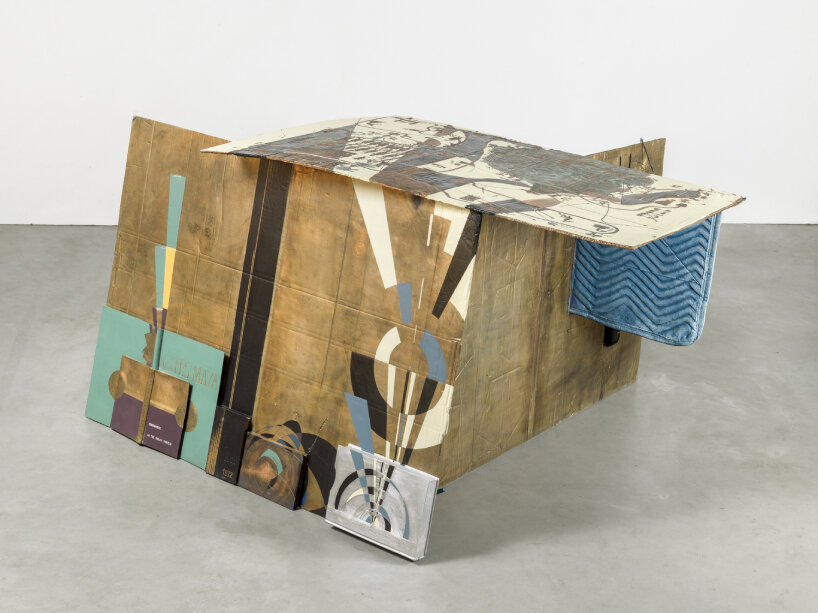
Dreamscapes and the Artist’s Inner Sanctum:-
Upstairs, Trouvé’s drawings take center stage. *Les Dessouvenus* series renders bedrooms, gardens, and half-remembered dreams in hazy greens and blues, their subjects nearly swallowed by lush washes of color. The effect is inviting yet elusive, like overhearing a private confession.
The finale, *L’inventario (2003–2024)*, reconstructs Trouvé’s studio in precious metals: dried flowers, coral miniatures, locks, and forgotten tools cling to wooden panels. Visitors stand amid her mental archive, surrounded by the fragments that shape her art. It’s a **quiet manifesto**—proof that disorientation, when sculpted, can become a compass.
For more inspiring articles and insights, explore the archives.
Note: This article has been reviewed and edited by the archup editorial team to ensure accuracy and quality



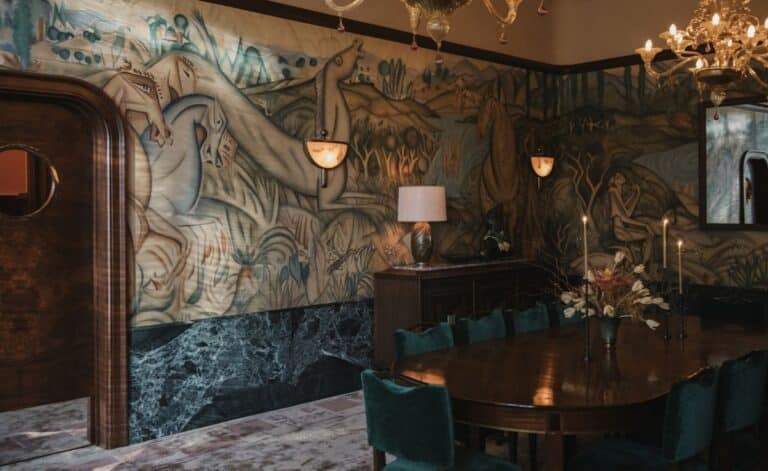
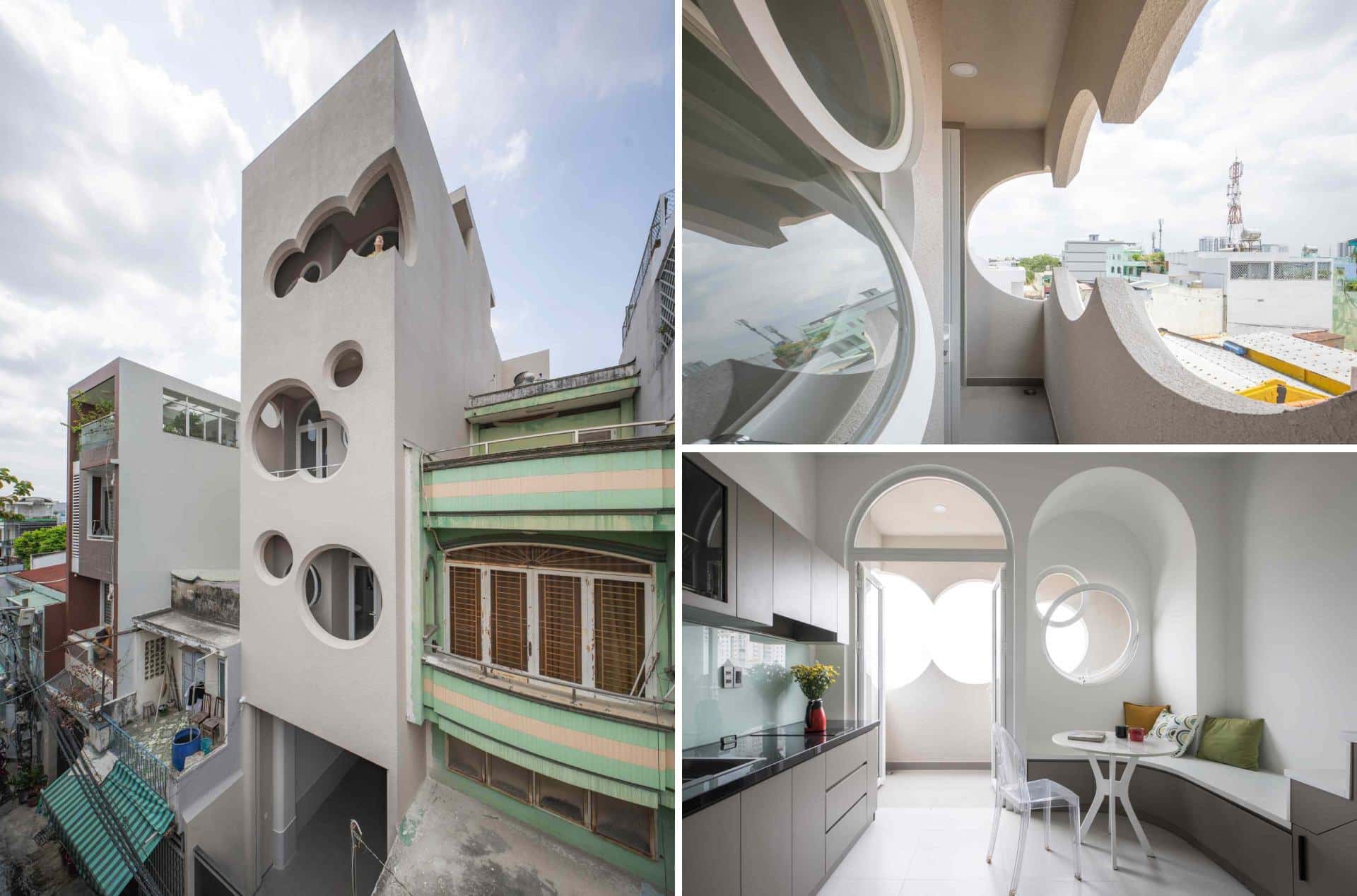
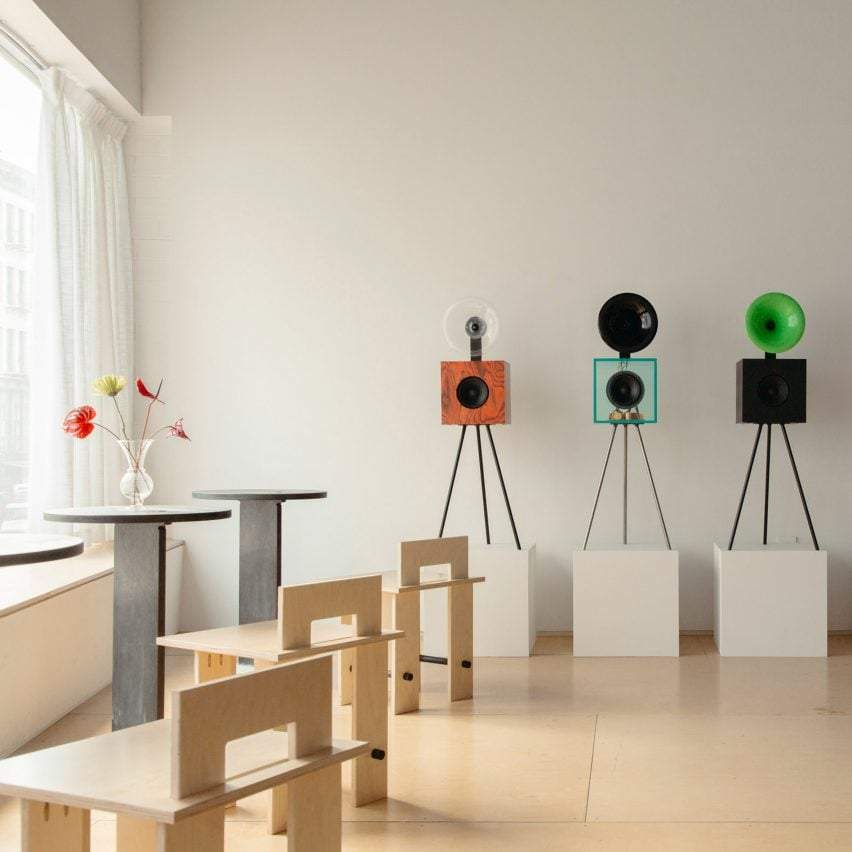
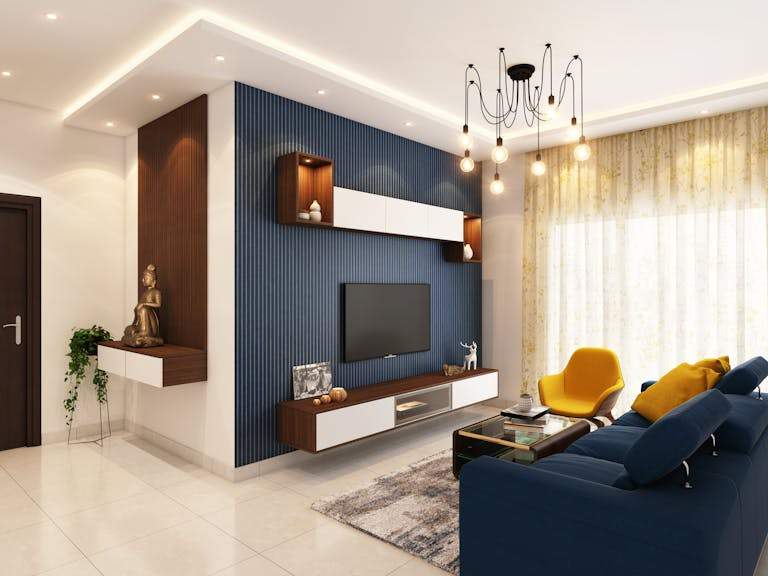
![Polish Lighting Design Shines at the [d]arc Awards: MaBaMa Lamp and Bijou Chandelier by Barańska Design](https://archup.net/wp-content/uploads/2025/06/AURA-5-Duzy-768x549.jpeg)